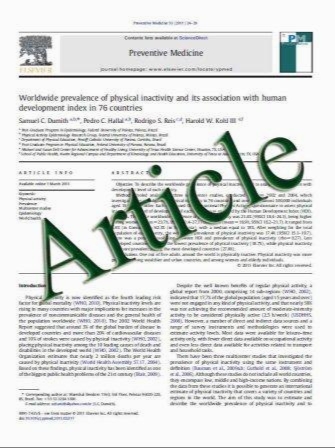Increased Bacterial Translocation in Gluten-Sensitive Mice Is Independent of Small Intestinal Paracellular Permeability Defect
- نوع فایل : کتاب
- زبان : انگلیسی
- مؤلف : Manuel A. Silva Jennifer Jury Yolanda Sanz Michelle Wiepjes Xianxi Huang Joseph A. Murray Chella S. David Alessio Fasano Elena F. Verd
- چاپ و سال / کشور: 2011
Description
Aim We investigated whether treatment with gliadin induces a paracellular permeability defect that enhances bacterial translocation to mesenteric lymph nodes (MLN) via resident dendritic cells (DC) expressing TLR-2 or 4 in HCD4/HLA-DQ8 transgenic mice. Methods HLA-DQ8 transgenic mice were sensitized and subsequently gavaged with gliadin, in the presence or absence of AT1001 (paracellular permeability inhibitor). Non-sensitized mice were gavaged with indomethacin (permeability inducer) or rice cereal. CD11c and CD103 (DC markers) and TLR-2 and 4 were investigated by immunostaining. Intestinal permeability was assessed by paracellular flux of 51Cr-EDTA in Ussing chambers. Bacterial translocation to MLN was performed by plate counting on aerobic and anaerobic conditions. Results In gliadin-treated mice, both 51Cr-EDTA flux in jejunal mucosa and aerobic and anaerobic bacterial counts in MLN were increased (p\0.05) compared to indomethacin- treated mice and controls. The inhibitor AT1001 normalized 51Cr-EDTA flux, but had no effect on bacterial translocation in gliadin-treated mice. In addition, changes in mucosal DC marker distribution such as increased (p\0.05) trans-epithelial CD103? cells and reduction (p\0.05) of CD11c immunostaining were detected in gliadin-treated mice. Moreover, changes in DC markers and TLR-2 or 4 immunophenotypes were not associated. Conclusions Pharmacological restoration of paracellular permeability was not sufficient to prevent bacterial translocation in gluten-sensitive mice. We hypothesize that transcellular mechanisms involving CD103?DC and CD11c?DC may explain in gluten-sensitive HCD4/HLADQ8 transgenic mice the sustained increased bacterial translocation observed in the absence of a significant inflammatory response
Dig Dis Sci DOI 10.1007/s10620-011-1847-z Received: 29 April 2011 / Accepted: 22 July 2011


